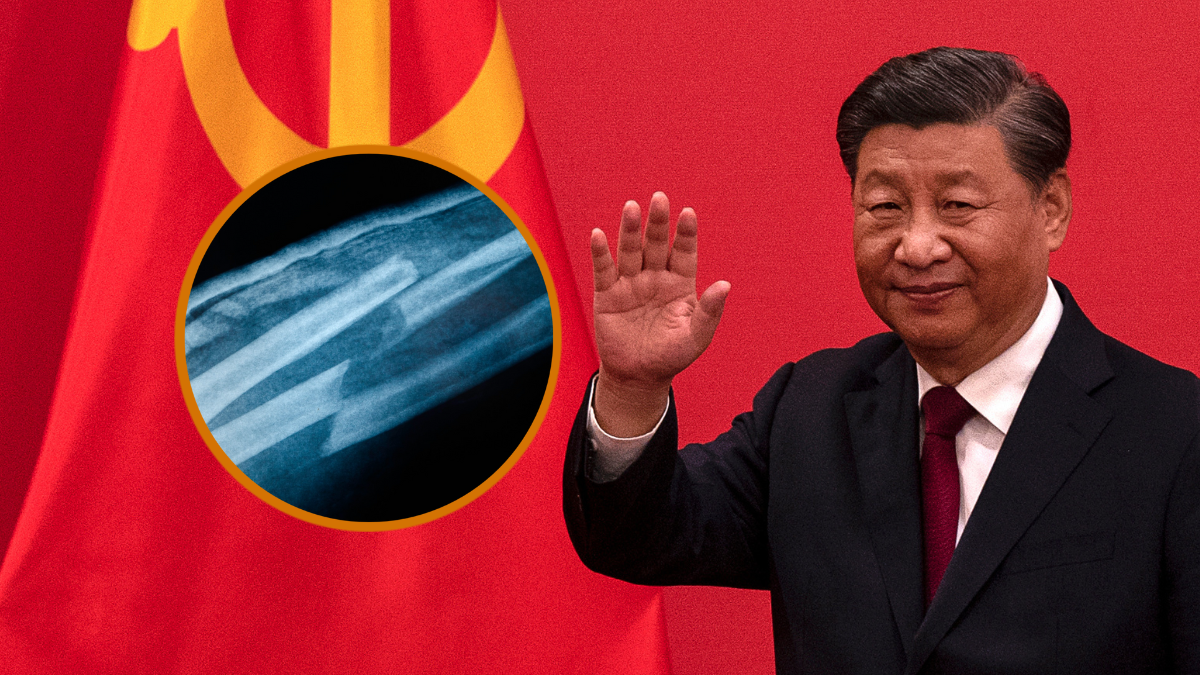
Advertisement
China has been leaving the rest of the world far behind when it comes to patents. Nearly half of all new patents globally, 46%, come from China. In comparison, the United States accounts for just 17%. And now, China has unveiled a medical breakthrough that is making many in the U.S. sit up and take notice.
Dr. Lin Xianfeng and his team at Sir Run Run Shaw Hospital in Hangzhou introduced a new bioabsorbable adhesive called “Bone-02.” This glue is designed to treat broken bones, holding fractures together in as little as two minutes without the need for surgery or metal plates. While it doesn’t fully heal a bone instantly, it stabilizes fractures so they can heal naturally over the next three to six months as the glue gradually biodegrades.
The innovation was inspired by oysters and has already been tested on over 150 patients with complex fractures, including shattered wrists and femurs. Reports show no infections or re-fractures among those patients. For many people, this could mean a faster, less invasive recovery from broken bones, making a simple accident far less disruptive to daily life.
China is rightly proud of this achievement, and it raises an important question: What groundbreaking inventions have come out of the United States recently? The most visible example has been generative artificial intelligence. While it’s impressive, the jury is still out on whether AI will benefit humanity or create new problems. Massive investments have poured into the sector, but early signs suggest the returns may not live up to the hype.
On the lighter side, AI can now generate anything from a cat flying a tiny aeroplane to a photorealistic Jesus with lobster claws. But when it comes to life-changing medical breakthroughs like Bone-02, the U.S. has little to show.
Some critics argue that the U.S. is facing deeper structural issues. Policies discouraging the world’s brightest students from studying at top American universities, combined with restrictive rules on innovation, are driving talent and creative energy elsewhere. Meanwhile, China is rapidly developing its own cutting-edge science and technology, solidifying its lead in the 21st century.
In short, while China is pushing forward with real-world breakthroughs that improve lives, the United States is relying on incremental or experimental innovations like AI. The risk is clear: the next generation of transformative ideas may increasingly come from abroad, leaving the U.S. to play catch-up.
